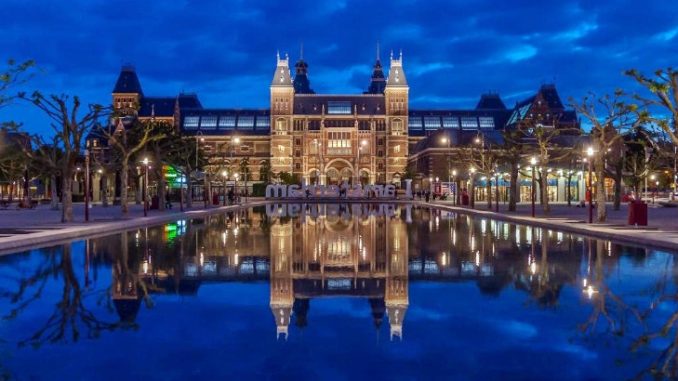
The Rijksmuseum is perhaps one of the largest art museums in the world and THE largest in the Netherlands. Among the notable collections at the Rijksmuseum,masterpieces by Johannes Vermeer, Vincent Van Gogh, Rembrandt Van Rijn and Franz Hals are the most popular.
The museum underwent an extensive decade-long repair and was reopened in 2013 by the then-Queen Beatrix. Since the inauguration, the Rijksmuseum has already hosted a range of spectacular exhibitions, includinga few fromthe late master Rembrandt’s collection.
The Rijksmuseum regularly hosts exhibitions of some of the unconventional artists too, notable among which are the works of Hercules Segers, one of the most-celebrated experimental artist from the Golden Era of Dutch artistry.His paintings depicted strange mountain landscapes and highly energetic atmospheres that impressed even the masters. In fact, Rembrandt was one of Segers’ greatest admirers and even possessed eight of his creations.
Segers’ contemporary,Frans Post is equally celebrated in the Dutch culture as he was the first artist to travel to the New World.His depictions of the flora, fauna and landscapes of Brazil are both fascinating works of art and serve as historical documents.The Rijksmuseum regularly exhibits masterpieces from Frans Post and Segers.
History of the Rijksmuseum
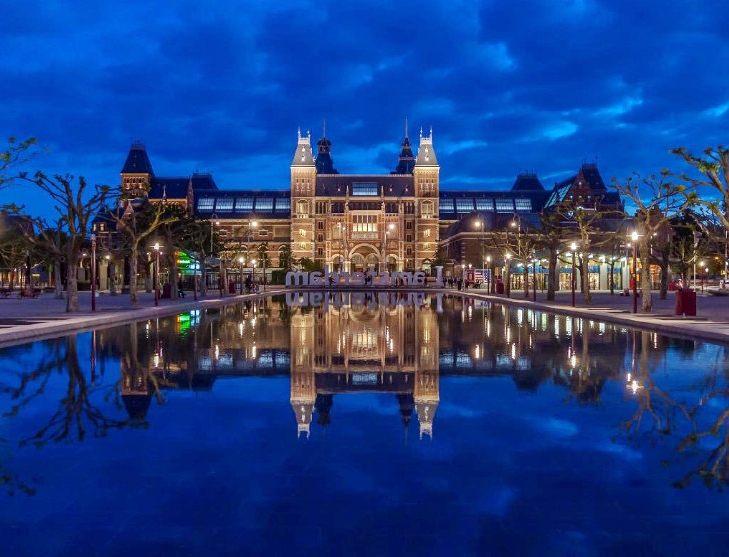
Located in the heart of Amsterdam’s Museumplein, the Rijksmuseum is surrounded by famous structures such as the Royal Concertgebouw, the Van Gogh Museum and the Stedelijk. Originally built in 1885 and declared a National Heritage Site in 1970, the current structure of the Rijksmuseum is the masterpiece of Dutch architect Pierre Cuypers.
Thedecade-longrenovation wasin line with similar initiatives taken to preserve the Louvre in Paris and the Tate Modern in London by combining conventional designwith modern architecture. The atrium now features a high-glass ceiling while the architecture was carried out keeping the red-brick walls of the original structurein mind.
The Art Collection at the Rijksmuseum
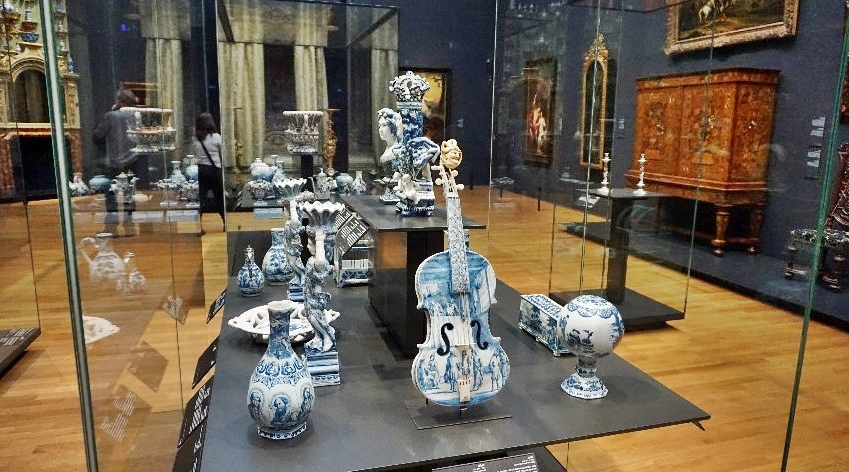

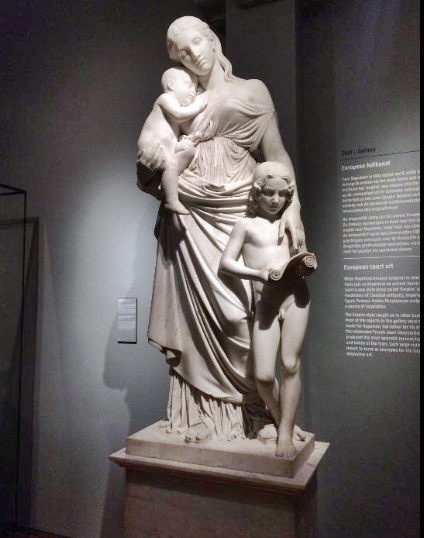
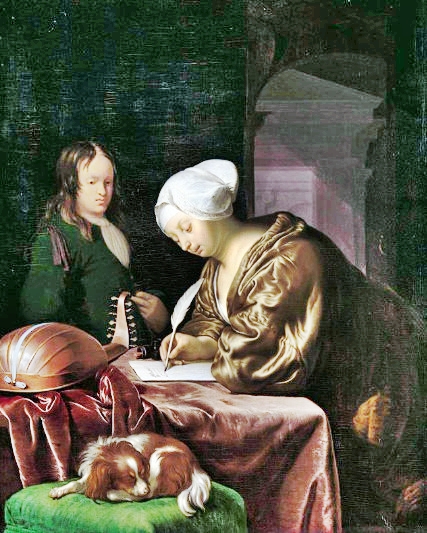
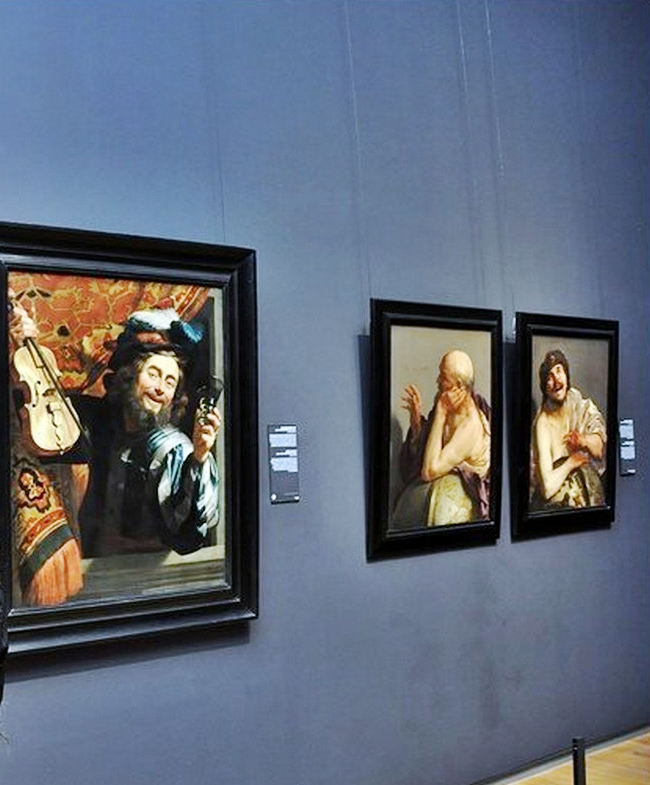
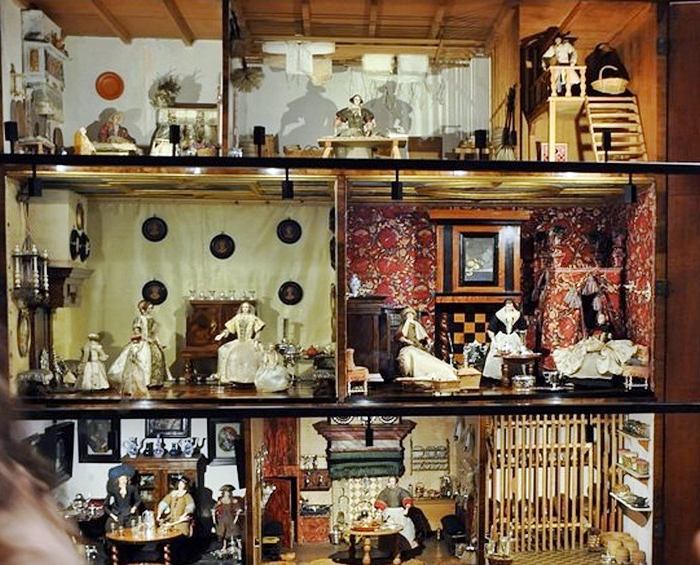
Like most other European museums, the Rijksmuseum has a Royal Collection at its core. The initial collection of 200 paintings and artefacts that were first displayed in the 1800s was a part of the Royal Collection. In the course of the next eight years the collection grew by leaps and bounds primarily through donations and acquisitions, so much so that a new building had to be constructed to house its entirety.
The collection is not limited to paintings as some of the exclusive work on display include luxury furniture, delftware, porcelain, trompe l’oeil inlays and three adult-size doll houses from the 17thCentury.The exhibit is not limited toart, as items from a Dutch ship that was stranded on a Russian island in 1556 has also made its way into the collection. Shoes from the ship’s crew, musical instruments, wooden buckets and tools are on display.
The museum is spread across four floors numbered from zero to three. However, the labelling does not reflect the chronological arrangement of the collection. In order to take a tour of the museum based on the progression of the collection, you need to start from the basement. The Middle Ages collection is housed here.
The rooms on the first floorhouse the 17th Century collection from where you need to go down a floor and walk diagonally across to the next building to visit the exhibits from the 18th and 19th Centuries. Finally,the limited collection from the 20th Century is housed in the two galleries on the top floor.
How to Plan Your Day at the Rijksmuseum?
-
Rijksmuseum Timings
Although the museum is open to visitors 365 days a year, the summer and spring months are the busiest. The daily crowd consists of tourists and locals alike that want to bask in the glory of the days gone by. The exhibits are open for public viewing from 9 a.m. till 5 p.m. The crowd is the thinnest during the weekdays and every other day from 9 a.m. to 11 a.m. and 3 p.m. to 5 p.m. The winter months are usually quiet too! It is best to plan your trip accordingly.
-
Ticket Pricing and Tour Packages
Tickets can be purchased online from the official website of the museum and they offer unlimited access to any part of the museum. Once you have the tickets in your possession you are free to choose the date and time of visit according to your schedule. This is quite beneficial for foreign tourists that are unfamiliar with the local landscape and historical monuments and need more time to chalk out their itinerary.
There are quite a few tour packages on offertoo, the most notable among which are the tour of the Rijksmuseum building, the Golden Age tour and the collection highlights. All of which are in English and can be booked on the spot each day for an additional fee of €5 (£4.30) per person.
Admission charges are very steep at €17.50 (£15.50) per person. Entry is free for people under the age of 18. In comparison, the admission fee to the Louvrecosts€15 (£13.20) per person. The Louvre offers freeentry to art teachers and special pass holders. There is no such facility here at the Rijksmuseum.
-
Refreshments:
The main cafeteria is at the entrance atrium and is a good place to take a break if you suffer from a cultural overdose during the trip. There is no other pit-stop on the other floors apart from washrooms. Hence, plan your break accordingly.
If you are on a tight schedule we have good news for you. If you plan correctly, a proper tour of the Rijksmuseum takes roughly around two hours even during peak footfall. A single hallway hosts the exhibits from the Golden Era. This allows you to choose the paintings that you want to visit without getting overwhelmed by the entire collection on display. It pays to plan ahead. Make a checklist of the exhibits that you want to visit and stick to it. Hope you have a great time soaking in the brilliance!
Rijksmuseum-Pictures
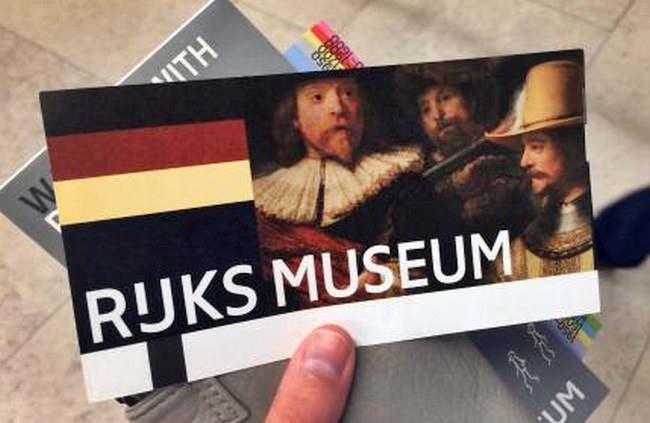
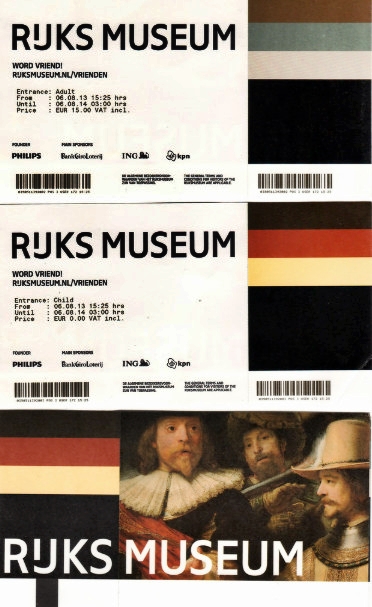
Be the first to comment